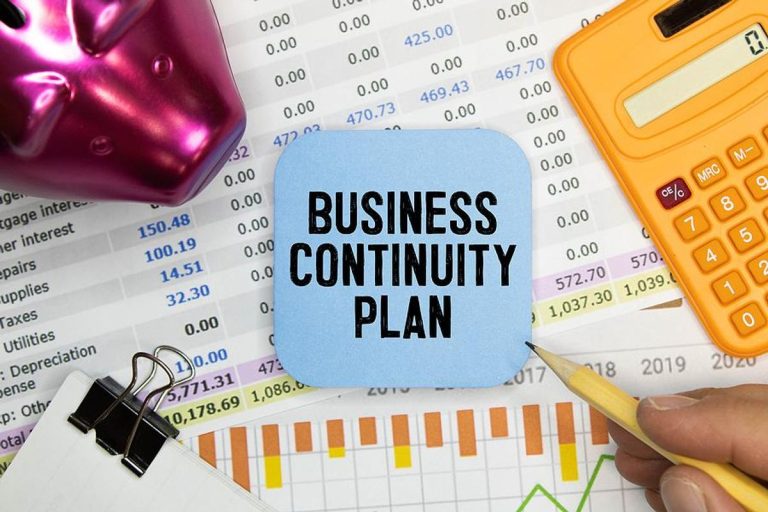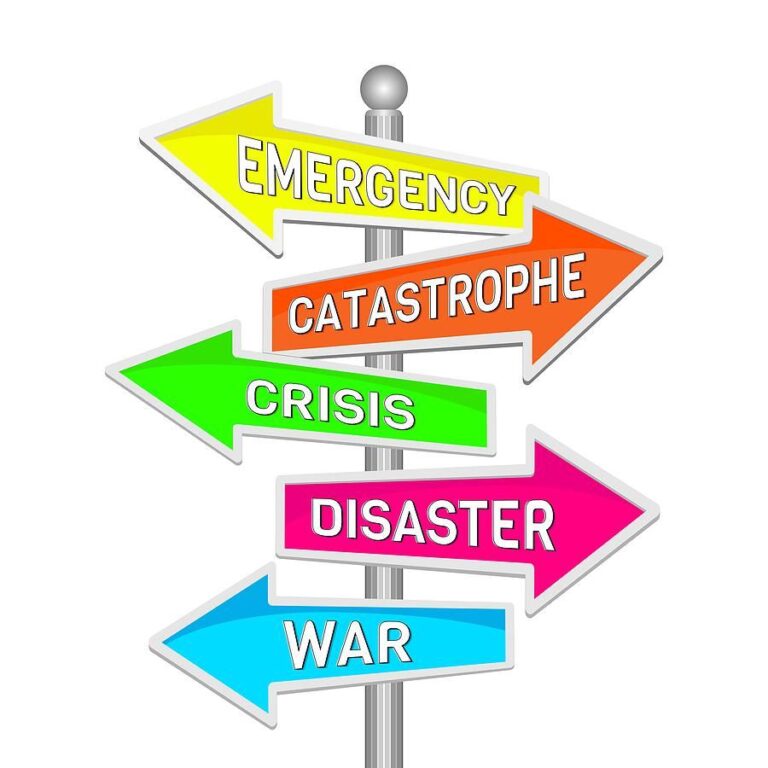How To Score And Win The Game With A Great Business Continuity Plan!
What is a business continuity plan (BCP)?
A business continuity plan (BCP) is a system of prevention and recovery from potential threats to a company. The...



Hello! Before we begin, could you please provide your name and email?